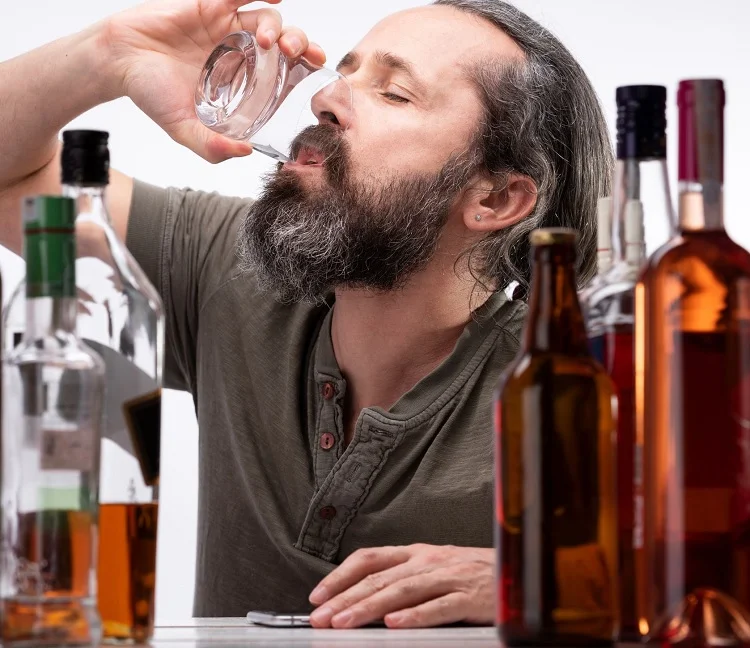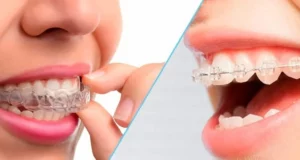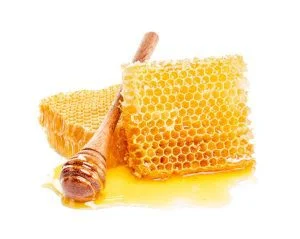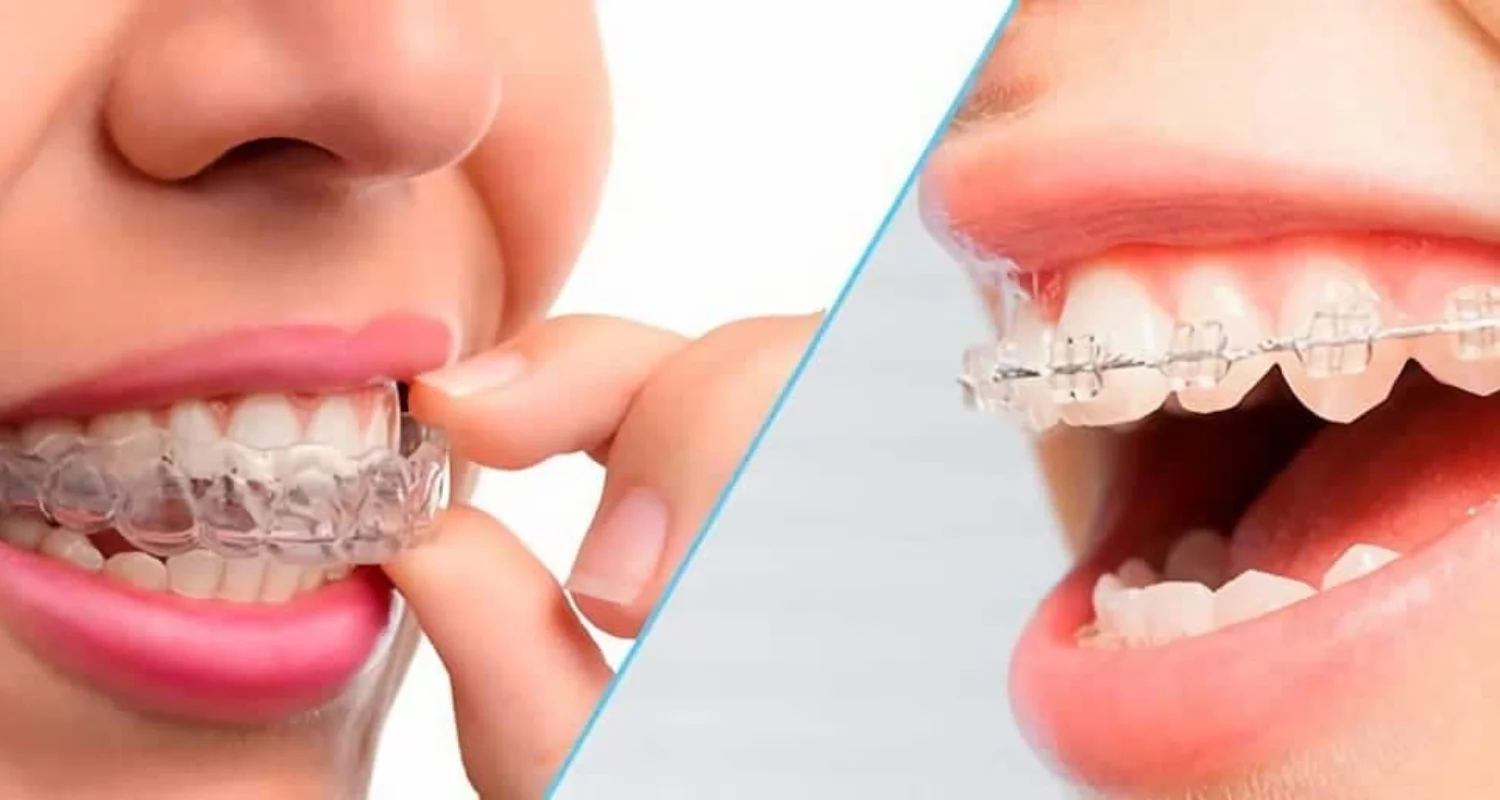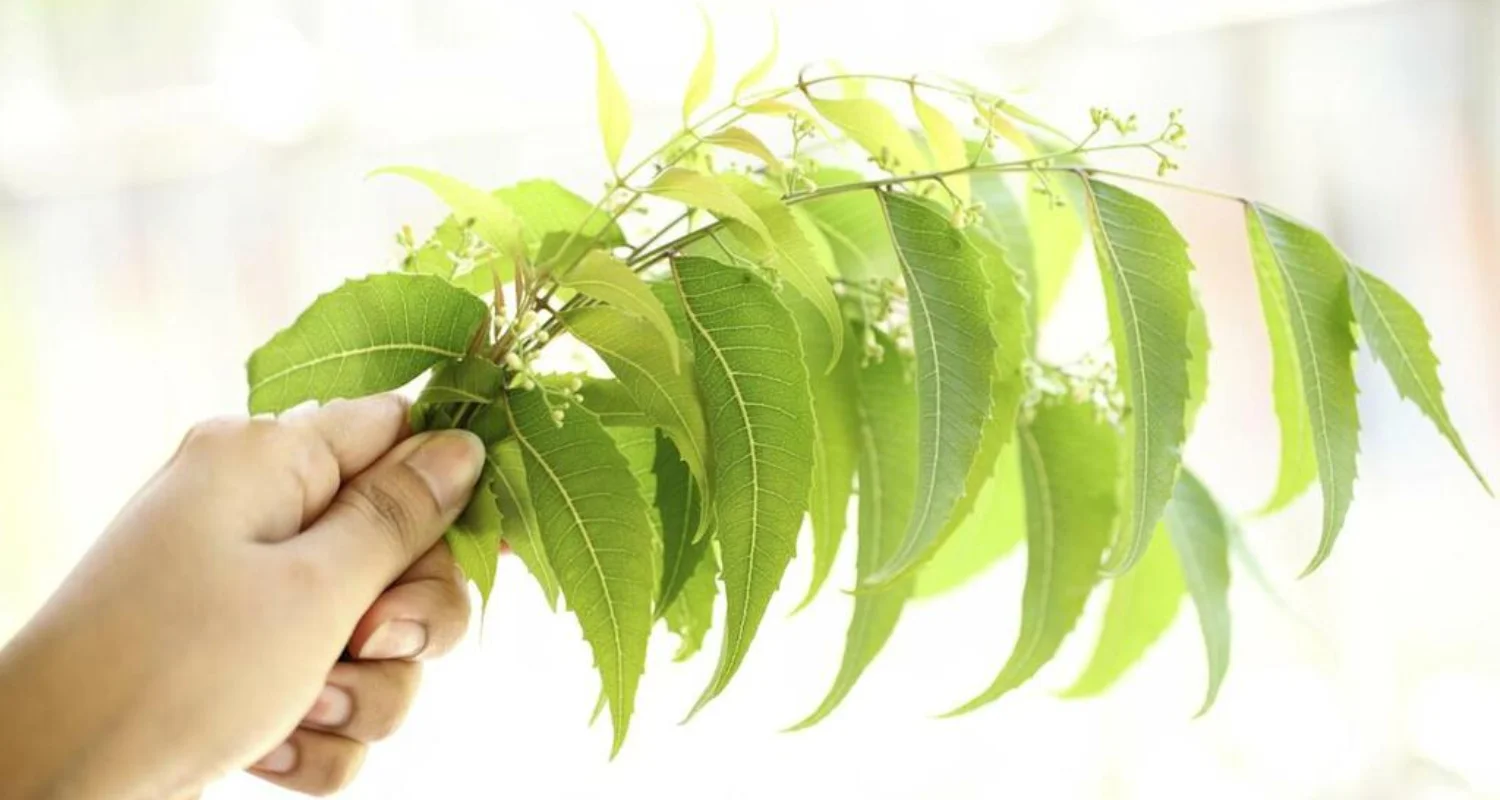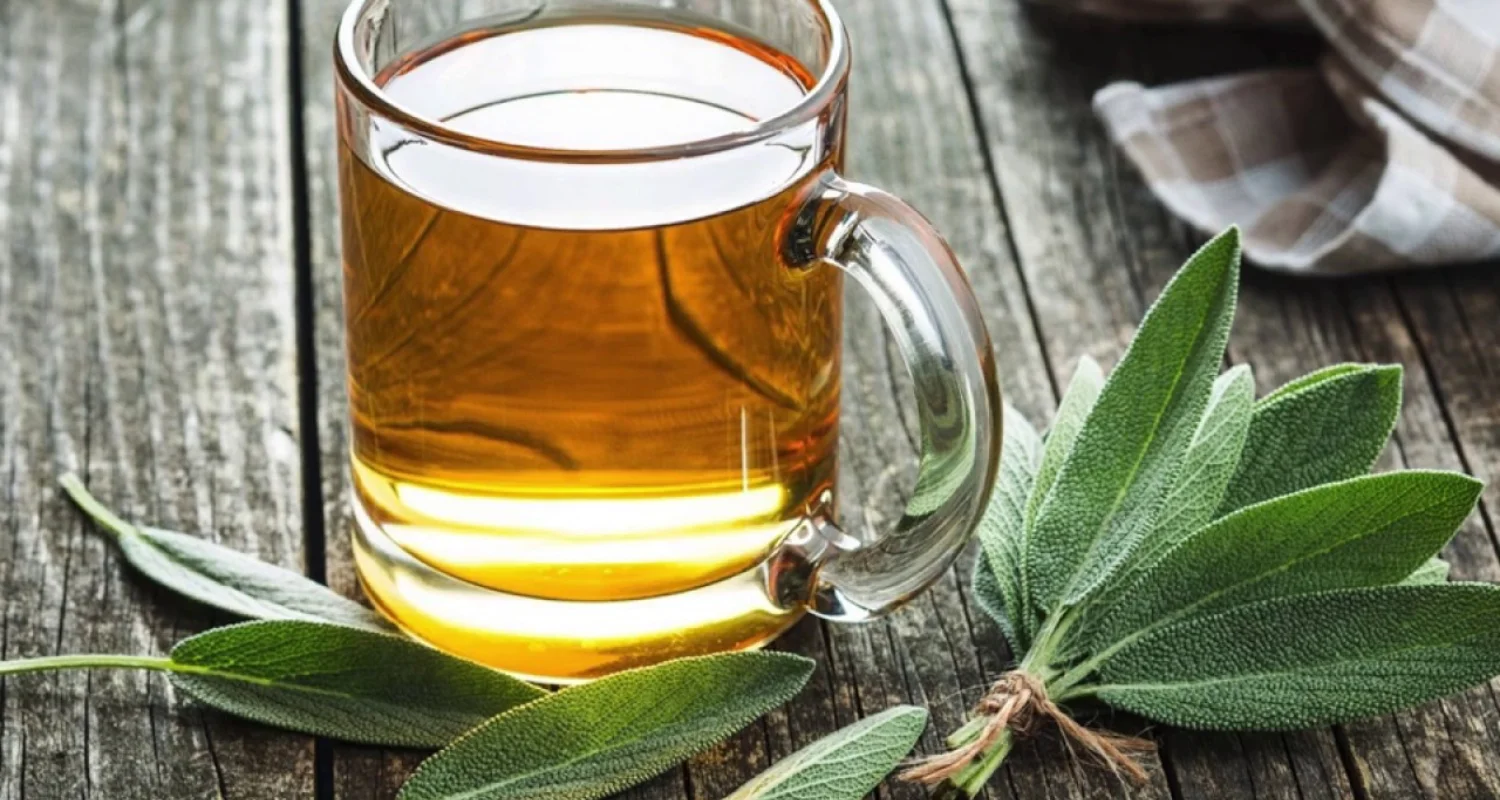Last Updated on: 18th July 2024, 06:24 am
✓ Fact Checked 🕓
❙ Our team of writers, editors, and medical experts rigorously evaluates each article to ensure the information is accurate and exclusively cites reputable sources.
❙ We regularly assess how the content in this article aligns with current scientific literature and expert recommendations in order to provide the most up-to-date research.
What are the effects of alcohol on teeth? This article summarizes the possible effects of alcohol consumption on oral health and offers some tips to prevent its occurrence.
Excessive alcohol consumption is considered a public health problem because it can cause the appearance of multiple diseases, including various oral conditions.
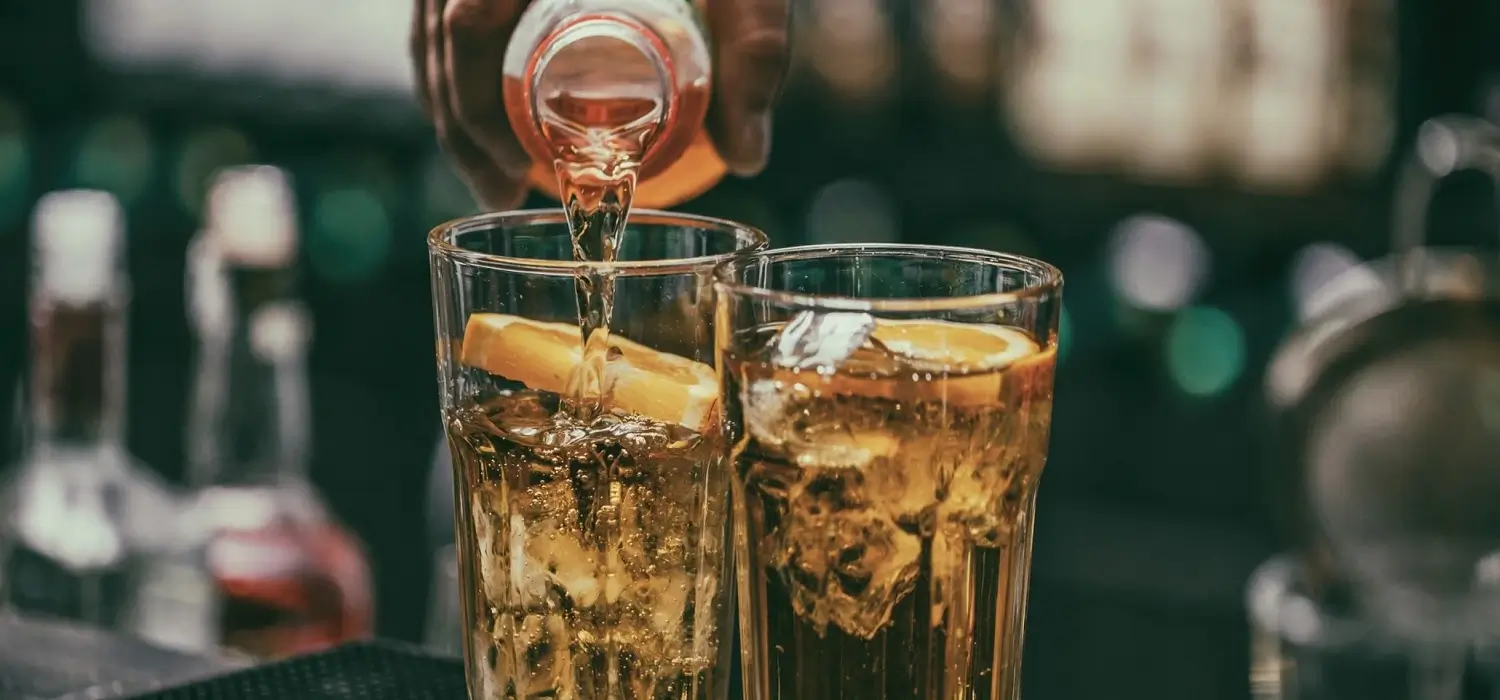
The National Institute on Alcohol Abuse and Alcoholism (NIAAA) defines binge drinking as more than 14 drinks per week for men and more than 7 drinks per week for women. According to the 2021 National Survey on Drug Use and Health (NSDUH), 60 million Americans ages 12 and older have reported binge drinking in the past month.
6 Effects Of Alcohol On Teeth
Several studies have shown that alcohol dependence and abuse are associated with an increased risk of oral diseases such as cavities, gingivitis, and periodontitis, among others. The most common effects of alcohol on oral health are:
1. Erosion of tooth enamel
Alcohol consumption increases the acidity in the mouth, causing wear on the outermost layer of teeth, the enamel. This is known as dental erosion or enamel hypoplasia. Teeth with this type of erosion have areas that look darker and worn, which makes them more sensitive to changes in temperature and prone to developing cavities, in addition to greatly impairing aesthetics.
Added to this is the acidity that occurs in the mouth when vomiting, which is frequent with intoxication due to excessive alcohol consumption. Additionally, mixing alcoholic beverages with carbonated beverages or citrus fruits, such as lemon, can make tooth enamel erosion even more severe.
2. Dry mouth
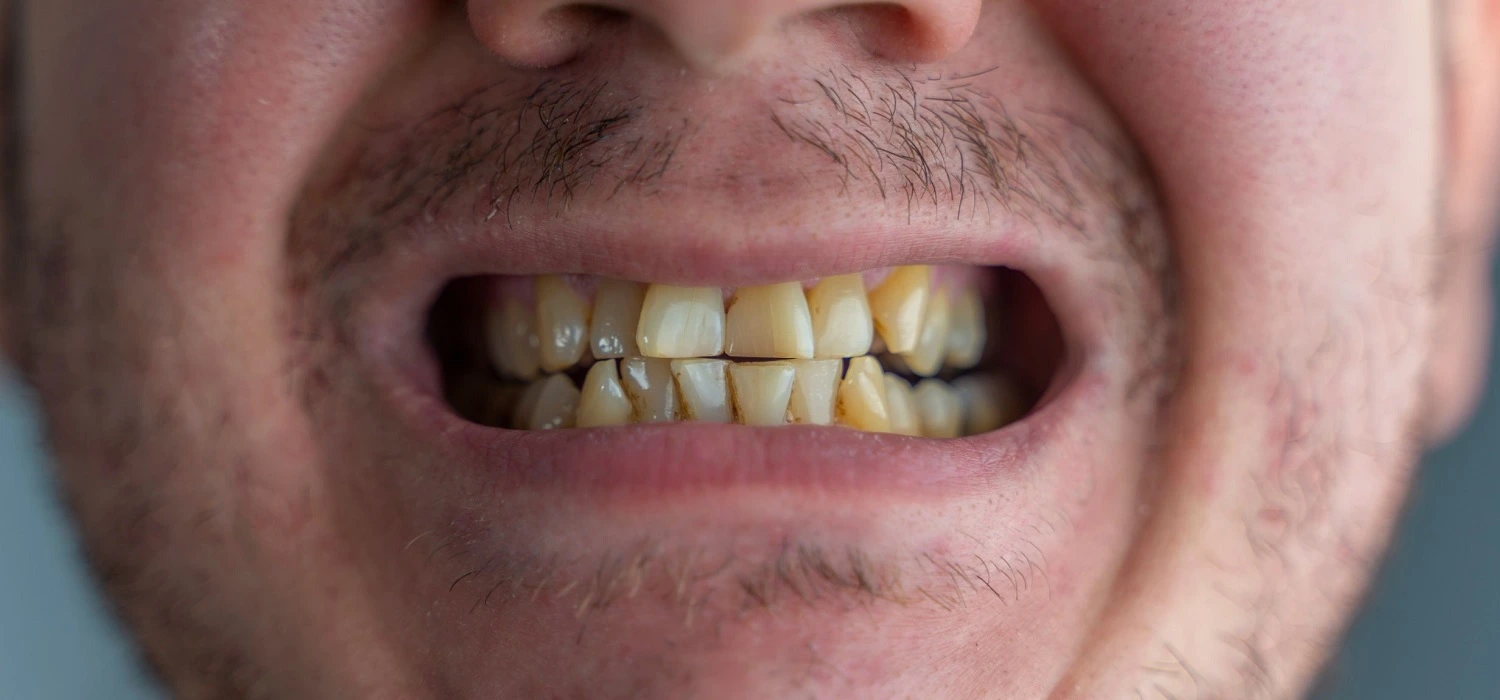
Drinks with a high alcohol content decrease the flow of saliva, causing dry mouth. Saliva is essential to protect teeth, aid digestion, and remove plaque and bacteria from tooth surfaces. Decreased saliva flow predisposes the person to the development of cavities, periodontal disease, and bad breath.
3. Caries and gum disease
The mouth is an environment in which many bacteria, good and bad, live. Several are part of the normal bacterial flora, which is essential for good oral health. When the balance between good and bad bacteria is broken, cavities and gum disease are more likely to result. Alcohol consumption produces changes in the pH of the mouth, damaging the bacterial balance and hurting oral health.
4. Bad breath
Alcohol consumption can cause bad breath for 3 reasons:
• It often causes gagging and acid reflux.
• Salivary flow decreases.
• It damages the bacterial balance in the mouth, leading to cavities and periodontal disease.
Alcohol consumption is considered to be one of the main causes of bad breath. Some studies have especially linked the daily consumption of alcohol with a strong bad odor in the mouth.
5. Stains on teeth
One of the most common effects of alcohol on teeth is stains. Stains on the teeth are produced by chromogens, the substances that give color to food and drinks. The acidity of alcohol deteriorates the enamel surface of the teeth and makes them more sensitive to pigmentation. Alcoholic beverages such as wine, dark beers, or those mixed with dark soft drinks increase the risk of staining your teeth. We have a comprehensive guide about the types of stains and how to remove them safely.
6. Increases the risk of oral cancer
Excessive alcohol consumption damages the genetic material of the cells of the mucosa and the tongue, increasing the risk of developing oral cancer. Additionally, if alcohol is combined with tobacco, the risk is much higher. Annually, About 54,000 Americans are diagnosed with oral or oropharyngeal cancer. This disease causes more than 9,000 deaths each year. Read our article about the importance of oral cancer screening that will help you prevent this kind of serious complication and to have good oral health.
How to prevent oral health problems caused by alcohol?
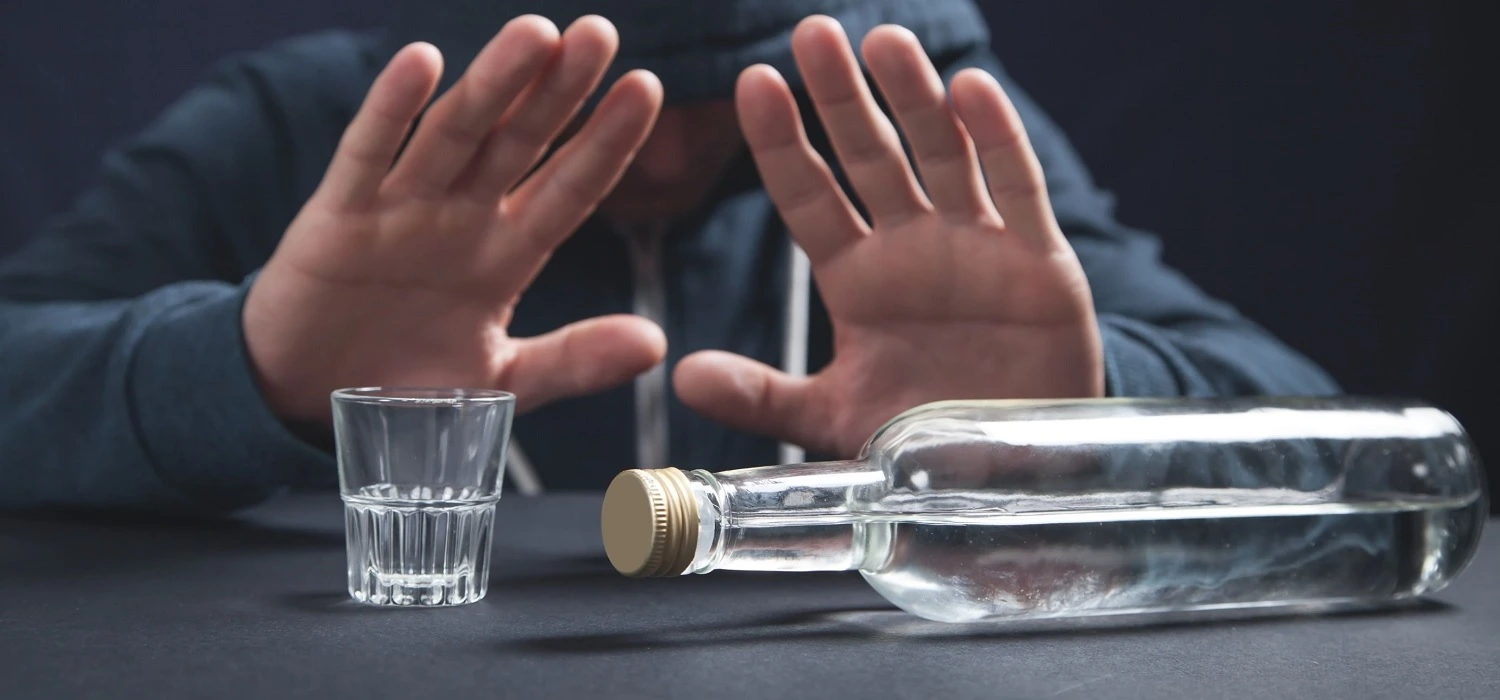
1. Drink in moderation.
2. Reduce your consumption of alcoholic beverages as much as possible. This is good for both your oral and general health.
3. Drink enough water to avoid dehydration and reduce dental erosion.
4. Use a straw to drink alcoholic beverages, especially if they are mixed with dark or acidic substances to reduce erosion.
5. Do not brush your teeth immediately after drinking alcoholic beverages or vomiting, as this can promote dental erosion; rinse with water only.
6. Chew sugarless gum to stimulate salivation.
7. Avoid drinking alcohol before going to sleep.
8. Brush your teeth 3 times a day with fluoride cream and floss at least once a day.
9. Visit your dentist regularly to diagnose any oral health condition early.
10. If you notice ulcers, wounds, or abnormal growths in your mouth, see your dentist as soon as possible.
Conclusion
• Alcohol consumption, especially when excessive, can have negative implications for dental and general health.
• Alcohol can deteriorate teeth and oral tissues; so it is advisable to limit its consumption and take the aforementioned precautions to reduce its negative effects on oral health.
• Alcohol consumption significantly increases the risk of developing oral cancer, which increases even more if combined with tobacco use.
FAQs
How bad is alcohol for my teeth?
Excessive consumption can lead to various dental problems such as enamel erosion, dry mouth, cavities, gum disease, bad breath, and even increase the risk of oral cancer. The acidity in alcoholic beverages, coupled with their dehydrating effect, can significantly harm oral health.
What would non-fluoride toothpaste do to my teeth if I drink a lot of alcohol?
It increases the acidity in the mouth, leading to enamel erosion and making teeth more susceptible to cavities and sensitivity. Alcohol also reduces saliva flow, causing dry mouth, which diminishes the mouth’s natural ability to cleanse itself and fight bacteria, thereby increasing the risk of cavities and gum disease. Additionally, alcohol consumption can lead to bad breath, tooth staining, and a higher risk of oral cancer.
How does alcohol affect the mouth and throat?
Yes. Excessive alcohol consumption can damage the mouth and throat, a condition known as ethanol mouth or throat syndrome. This syndrome is characterized by dry mouth, throat inflammation, sores, and redness.
What are the effects of drinking white wine on teeth?
It disrupts the balance of good and bad bacteria in the mouth, leading to increased cavities and gum disease. Alcohol’s acidic nature erodes tooth enamel, making teeth more prone to decay and sensitivity. It also causes dry mouth, which further exacerbates dental problems by reducing saliva flow, essential for protecting teeth and gums.
What is the recommended alcohol intake for dental health?
For dental health, it is recommended to consume alcohol in moderation. According to the National Institute on Alcohol Abuse and Alcoholism (NIAAA), binge drinking is defined as more than 14 drinks per week for men and more than 7 drinks per week for women. To minimize the negative impact on oral health, it is advisable to stay well below these limits, drink plenty of water to stay hydrated, and follow good oral hygiene practices.
Share:
References
1. Khocht, A., Schleifer, S. J., Janal, M. N., & Keller, S. (2009). Dental care and oral disease in alcohol-dependent persons. Journal of substance abuse treatment, 37(2), 214–218. https://doi.org/10.1016/j.jsat.2008.11.009
2. Suzuki, N., Yoneda, M., Naito, T., Iwamoto, T., Yamada, K., Hisama, K., Okada, I., & Hirofuji, T. (2009). The relationship between alcohol consumption and oral malodor. International dental journal, 59(1), 31–34.
3. Hampelska, K., Jaworska, M. M., Babalska, Z. Ł., & Karpiński, T. M. (2020). The Role of Oral Microbiota in Intra-Oral Halitosis.Journal of clinical medicine, 9(8), 2484. https://doi.org/10.3390/jcm9082484
4. Alcohol use in the United States: Age groups and demographic characteristics. (2023). Nih.gov. https://www.niaaa.nih.gov/alcohols-effects-health/alcohol-topics/alcohol-facts-and-statistics/alcohol-use-united-states-age-groups-and-demographic-characteristics
5. Carey, E. (Nov 13, 2017).What does alcohol do to your teeth? Healthline. https://www.healthline.com/health/dental-and-oral-health/what-does-alcohol-do-to-your-teeth
6. Glossary. . . . (2023). Nih.gOin. https://www.niaaa.nih.gov/alcohols-effects-health/alcohol-topics/alcohol-facts-and-statistics/glossary
7. Oral cancer facts. (2002). Dentistry Today, 21(11), 74. https://oralcancerfoundation.org/facts/


